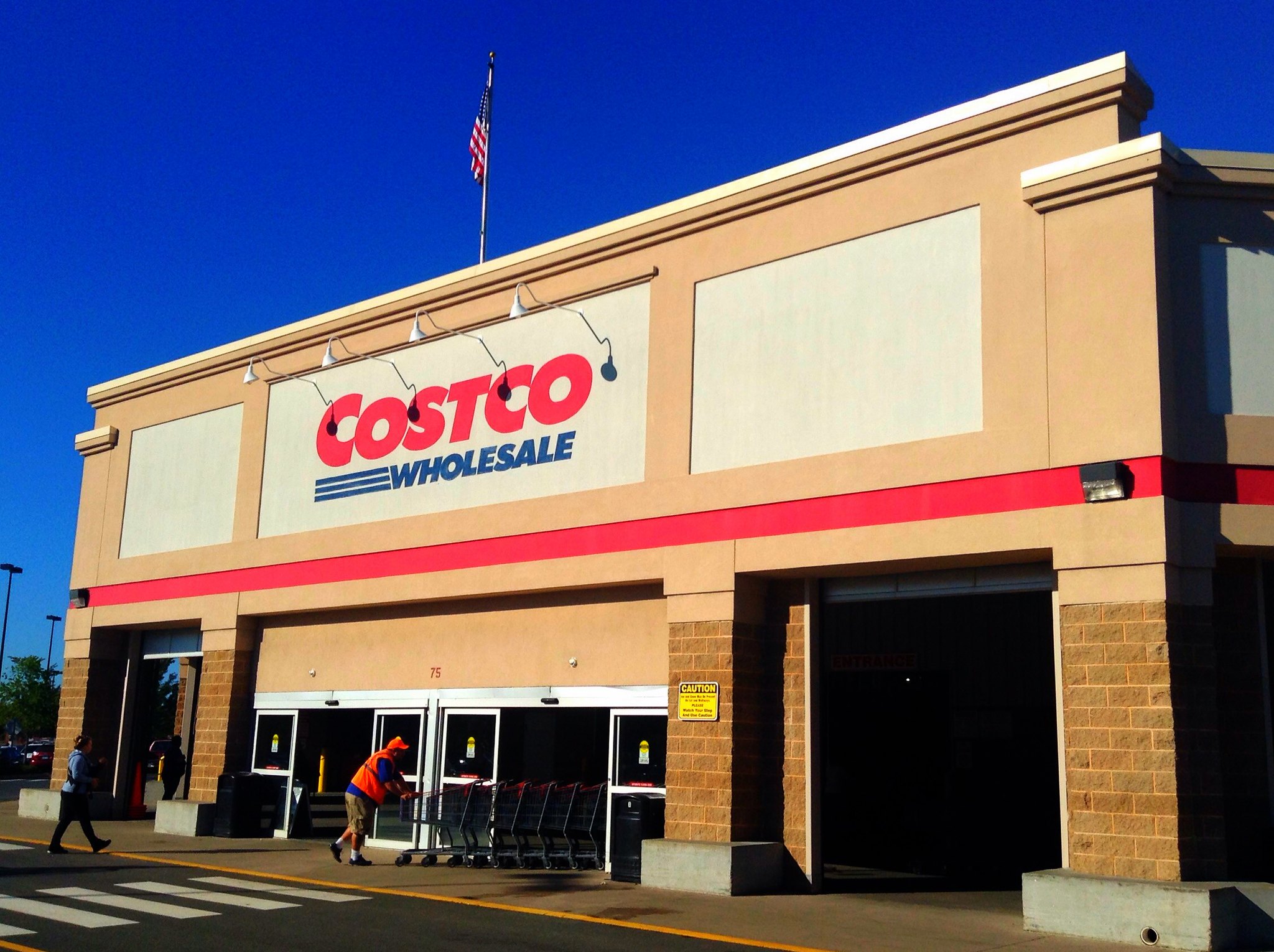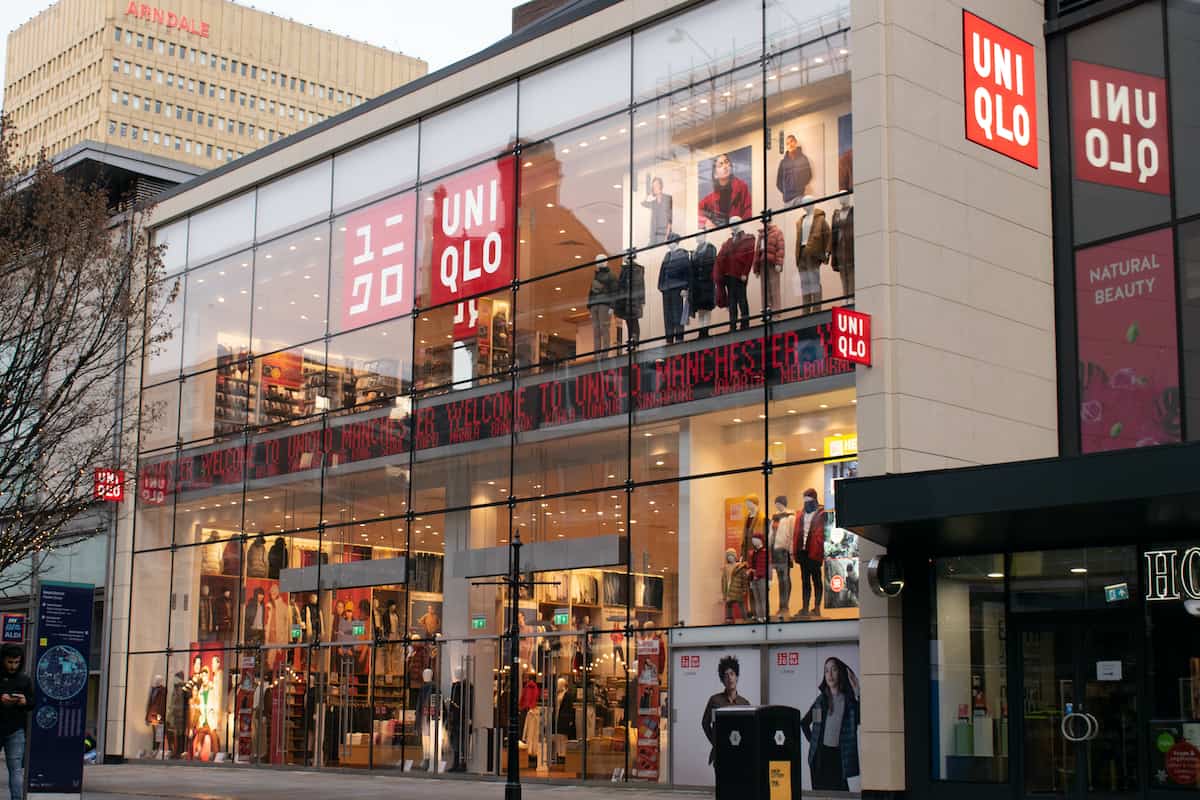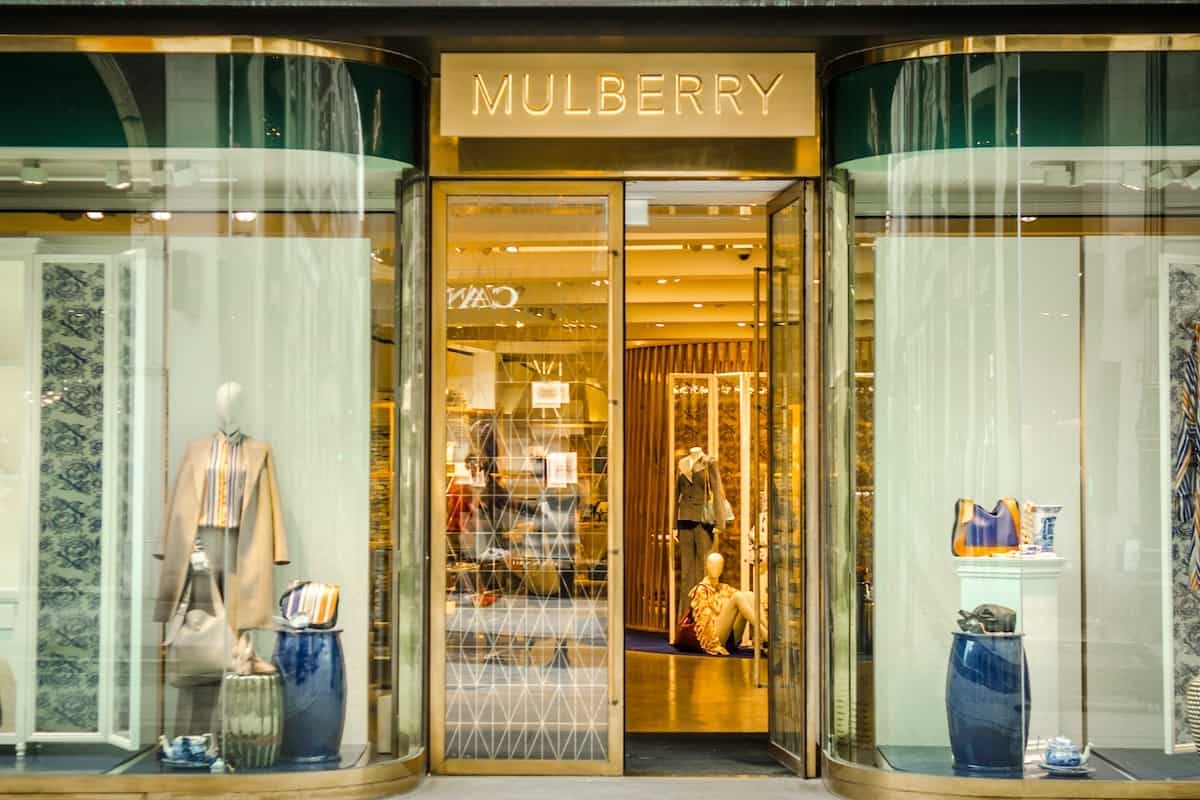Mark Rogers, MD of Launched, explores how mobile brands can get ‘retail ready’ by forgetting the ‘one size fits all’ approach to retail.
The tech retail market is a constantly changing and increasingly competitive place, with access to the Far East for retail buyers and indeed consumers just a click away! Because of this, effective management of your brand performance at a regional level and differentiating it from all the other brands out there is now more important than ever before.
There are so many great brands out there who, after designing and creating a product, have looked to establish a foothold in the UK and European retail space, but have ultimately failed because of one simple thing- they have assumed that what works in one market will work in all of them.
With today’s saturated mobile market, the ‘one size fits all’ model has become outdated, and new methods and techniques are needed to ensure brands stand out and get noticed, both online and in-store.
How to adjust to a new market
In order to have an effective retail strategy, it is essential that brands tailor their plans to the markets they are looking to crack. Although the product might have undergone tests to within an inch of its life to establish branding, usability and audience, it will still need to undergo even more tests when you move markets.
One of the biggest downfalls for brands entering a new market is their pricing strategy and maintaining price integrity. When considering approaching a new retailer, it is important that you check your price against similar products online. You don’t want lots of resellers discounting your product through highly visible sites like eBay and Amazon when pitching your products into major resellers, as you can be certain it will be one of the first things a retail buyer will check when considering stocking your products. Although you can’t fix this price, you can manage it and ensure that your brand isn’t losing value online.
This pricing strategy also feeds into the need for an effective supply chain. An unmanaged supply chain model can lead to a pricing problem and availability, as distributors could be buying up the stock in bulk and then cutting the prices to get rid of it quickly. What is often forgotten when looking at stock levels, is that being understocked is just as bad as being overstocked, and a strict chain is needed to monitor these areas and ensure consistency throughout.
How to stand out in today’s saturated mobile market
If you want to avoid being a one hit wonder, then the ongoing promotion and development of your product will be critical. Indeed, it is increasingly likely that retailers will expect you to have plans in place already to promote your brand outside of the exposure you’ll receive by having it listed in their store.
To effectively stand out, a strategic marketing plan should be any brands’ first point of call. They can often be complex and sophisticated documents, but they don’t have to be. By simply asking yourself who your target customer is and how you are going to tell them about your product, you can be well on your way to creating an effective marketing plan.
Generating buzz around your product is also key. Some brands can afford to employ PR agencies and bloggers to handle this, but it’s out of reach for some in the early days. The key is to research your market and identify who the key influencers are. Today, through targeted social media campaigns, brands are quickly able to tell large groups of relevant people about their product and its USP. By engaging potential customers through social communities, such as Facebook, Twitter and Instagram, you are able to demonstrate to a potential retailer that you are passionate about building the brand and will continue to drive the messaging beyond their customer base.
As you start to drum up a strong social media following, you can also look at planning campaign activities for throughout the year. Even if it is about running a simple online competition via Facebook, having a series of planned campaigns for your brand will help you to continue to drive product and brand awareness throughout the year to keep up the momentum following the initial launch. Depending on what funds you can access will dictate how you promote the campaign, but don’t be put off by not having huge pots of money to call upon.
If you are looking to make the move from online to in-store retail, another area to consider is in-store colleague engagement. Where stores have sales assistants – fairly typical in a Telco or CE retailer – think about how you can engage them to promote your brand in-store. What are the key sales messages they should be communicating? By creating a key feature and benefits statement to give to the retailer, you are instantly showing them that you are serious about managing the ongoing success of your product.
Finally, maintaining a good relationship with your customers, even after purchase, is essential to standing out. Some brands feel that once the product is out of their hands, the job is done, but it is important to remember that for the customer, the experience has just begun. The back office operations are just as important as design and research, as having good customer service is a key way of maintaining your clientele. Adding value to the customer experience, the back office operations falls to both the manufactures and the seller and it is a simple, yet effective way of gaining positive reviews.
Retail is by no means an easy area to tackle, but it can be made easier by spending some time reaching and tailoring your approach. Instead of trying to force the market to fit your strategy, be prepared to be flexible and make sure you are completely retail ready before approaching the retailer.
Mark Rogers is MD of Launched, a channel strategy partner for brands, drawing upon the teams’ extensive knowledge and network of the market to deliver market-ready brands or revisit strategies for existing brands in the European market. Launched works with brands, big retail and big distribution to ensure the highest level of success








